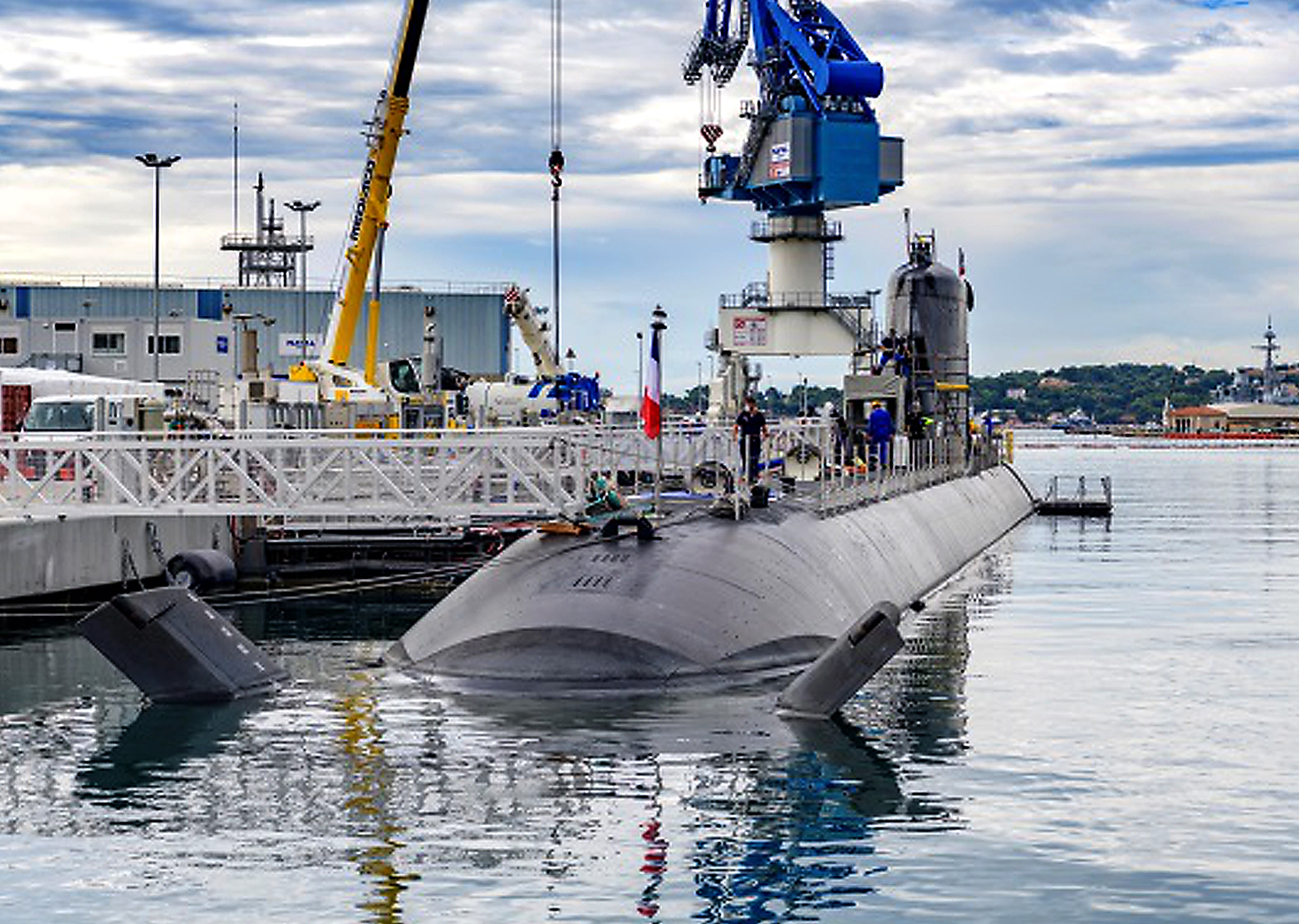Since the end of nuclear testing in 1996, the CEA’s Simulation programme has been used to guarantee the performance of nuclear warheads. This involves simulating how such weapons work by modelling the physical phenomena and solving complex equations. This simulation must be sufficiently accurate to meet the strict performance specifications for weapons. In order to achieve this high degree of accuracy within specific programme deadlines, the CEA collaborated with
Atos to design a new generation of supercomputer capable of running these complex simulations with optimum computing power.
The organisation also improved its physical modelling capability at the same time with two large-scale purpose-built experimental facilities: the Epure radiography facility and the Megajoule laser facility. The Epure facility is used for high-precision characterisation of the state and hydrodynamic behaviour of materials under the conditions encountered in the pre-nuclear phase of weapon operation. The Megajoule laser is essential for simulating the physical phenomena encountered in the nuclear phase of weapon operation and for certifying the competence of the physicists responsible for designing the weapons. The body of results from past nuclear testing underpins the guarantee provided by the simulation approach.
Nuclear propulsion
The CEA is also responsible for designing, developing and constructing nuclear steam generators for French Navy vessels, as well as designing and building cores for these steam generators. Teams from the CEA support the French Navy with reactor maintenance and operation of its land-based facilities, which support the in-service fleets. Continuity of new nuclear steam generator programmes for successive generations of vessels is key issue to maintaining French expertise in nuclear propulsion.
National security
The CEA also leverages its expertise in nuclear energy and in detection & identification technologies to assist the French government in the fight against nuclear proliferation and terrorism.
It conducts research on behalf of the government in the fight against the threat of chemical, biological, radiological, nuclear and explosive (CBRNE) materials, within the framework of an interministerial R&D programme led by the DAM. DAM teams also work with the French government on matters of cybersecurity.
The CEA’s expertise also supports France’s defence in assessing and managing the effects and vulnerability of conventional weapons.



